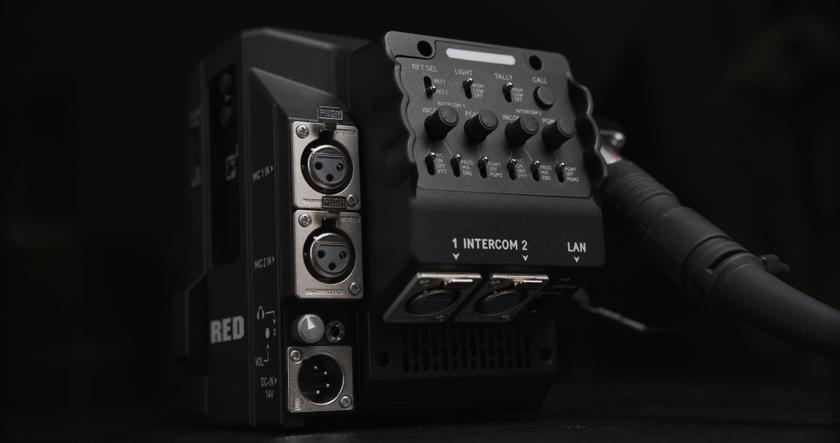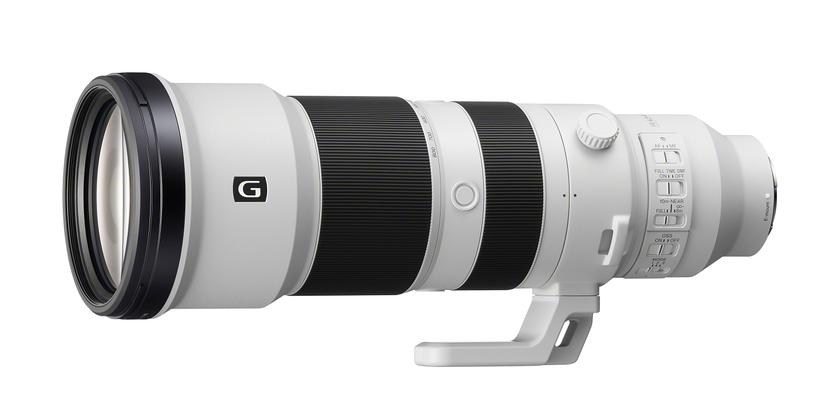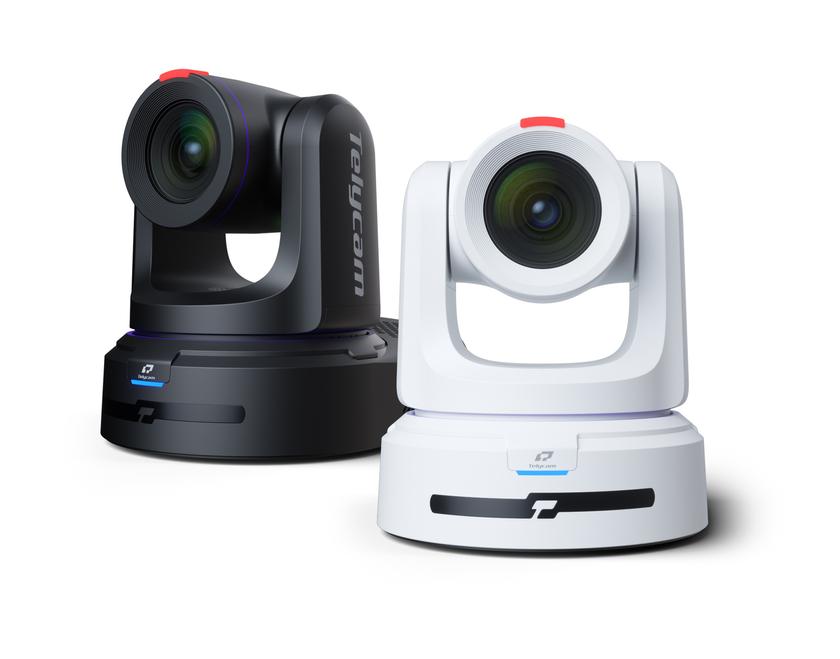Rigol’s DSA815 Spectrum Analyzer

The Rigol DSA815 spectrum analyzer The idea of “seeing” RF has always intrigued me, but short of some futuristic goggles, an RF spectrum analyzer is about as close as one can get. And for those of us without a large engineering budget, an RF spectrum analyzer has been a luxury item—something that was rented or borrowed when needed. Rigol Technologies, a 15-year old company based in Beijing, China, is now offering a bit of relief on that budget front, with the introduction of their DSA815 spectrum analyzer product.
FEATURES
The feature-packed DSA815 measures a mere 14 x 7 x 5-inches, and weighs about 9.4 pounds. It operates on AC mains voltages between 100 and 240, with a maximum power consumption of 50 Watts with all options. The display is an 8-inchTFT LCD with a resolution of 800 x 480 pixels, and can display 64,000 colors. In addition to the AC power cord, the analyzer’s rear panel ins and outs include BNC connectors labeled Trigger In, 10 MHz Out, 10 MHz In, an RJ-45 (LAN) connector, and a single USB (Type B) port.
In addition to the display panel, the front of the DSA 815 includes Print, Help, and Preset buttons, along with power switch, front USB port (Type A), and a 3.5 mm headphone jack. Nine buttons located at the right of the screen provide most of the menu actions, and there are seven other groups of buttons, including Frequency, Span, Amplitude, Control, Marker, Measure, Utility and Edit. Two “N” connectors are provided on the front panel for RF input (max +20 dBm/50Volts DC, 50 ohm) and the tracking “Generator Out” (50 ohm with a maximum output of 50 Volts DC).
Frequency coverage of the DSA 815 is specified as 9 kHz to 1.5 GHz, and the unit is available with a 1.5 GHz tracking generator and demodulator. Other listed features include all-digital IF technology, up to −135 dBm displayed average noise level (DANL), −80 dBc/Hz @ 10 kHz Offset Phase Noise, 100 Hz minimum resolution bandwidth (RBW). Options include advanced measurement functions, an EMI filter and quasipeak detector kit, a VSWR measurement kit, along with LAN, USB host, USB device, and a GPIB (General Purpose Interface Bus) port.
IN USE
After the unit arrived, I unboxed it and applied power. For an RF input, I attached a small “antenna” using an “N” to “F” adaptor. With this simple setup, I was able to tune the DSA 815 to local AM and FM radio stations. I connected a small headset and was able to verify the demodulator feature of the unit as well.
Over the years, I’ve had access to many spectrum analyzers, including those from Hewlett-Packard, Tektronix and Avcom, and most recently, the Agilent E4407B. I found that for anyone who has used “late generation” spectrum analyzers, the DSA815 will be comfortingly familiar. The buttons and menus are very intuitive, and the nomenclature is hauntingly similar. The learning curve on this unit is almost nonexistent.
Just after I checked out the analyzer, we began having issues with an IFB transmitter in one of our live broadcast trucks and I decided to press the Rigol into service to troubleshoot the problem. The RF output of the transmitter was 76.2 MHz and with the Rigol in my office and the truck just outside the window, I made a quick measurement of the RF peak level (−49 dBm). After swapping out a pinched coax cable, and checking the antenna, the RF returned to a healthy −30 dBm.

The output from the filter tap of an ATSC low-power transmitter operating on Channel 36 as observed on the Rigol spectrum analyzer. As a test of the Rigol’s frequency accuracy, I connected the output of our ATSC SMPTE 310 encoder to the unit. According to my HP 53132A, that frequency was 19,392,655 Hz. After a quick calibration of the Rigol, I turned on its averaging function, expanded out the span, and read a center frequency of 19,392,657 Hz. That’s two Hertz difference at 19 MHz. I need to mention that measurement was made through a Harris TFX-1transport frequency extractor which allows the use of a frequency counter to confirm compliance and monitor the SMPTE 310 stream for primary clock reference (PCR) errors. The tolerance is ±54 Hz, so 19,392,657 is well within the margin of error. Obviously most users don’t expect to use their spectrum analyzer as a frequency counter, but it’s comforting to know that the Rigol is this accurate.
During the next few days I kept the unit on, looking at our competitors’ ATSC signals, and checking out some amateur radio transmissions I found. I even looped the tracking generator back into the DSA 815 and confirmed that it works as specified.
SUMMARY
With an instrument as complex as the Rigol DSA 815, there’s no way to write about each and every menu. However, I can tell you that the unit operated for about a month in my office, and I played with it at every opportunity (I even used it to troubleshoot a couple of wireless mic problems). The buttons are very solid, and the unit feels very “stocky” when you pick it up. While it would be nice if it operated above 2 GHz (and could be powered from a 12 Volt DC supply for mobile applications), these aren’t really deal breakers, considering its price.
When you consider all of the features the analyzer possesses, it’s really amazing that it costs less than $1,300. The Rigol folks have brought the price of a quality spectrum analyzer down to the point that almost any broadcaster (or individual) can afford one.
Joey Gill is chief engineer at WPSD-TV in Paducah, Ky. and has been with the station for 30 years. He has worked in television since 1977. He may be contacted atrespond2jgill@yahoo.com.
FAST FACTS
APPLICATION
Broadcast transmitter, microwave, satellite system evaluation and troubleshooting
KEY FEATURES
Operates up to 1.5 GHz, cost-effective, stable and robust
PRICE
MSRP as tested (DSA815-TG with tracking generator), $,1495; DSA815 (without tracking generator) lists for $1,295
CONTACT
Rigol Technologies, USA
440-232-4499
www.rigolna.com
Get the TV Tech Newsletter
The professional video industry's #1 source for news, trends and product and tech information. Sign up below.













